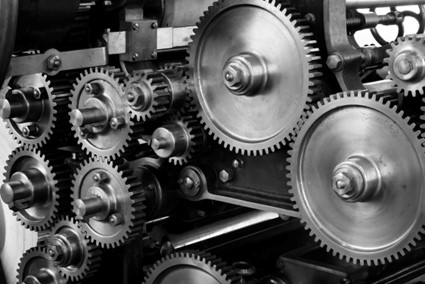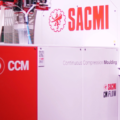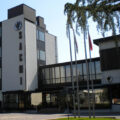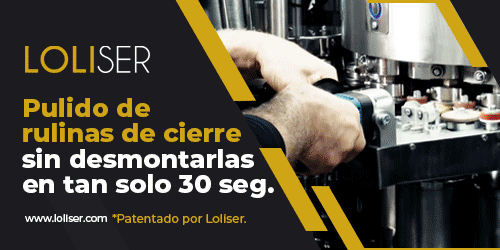SACMI and Officine Meccaniche Pontillo have just completed a new technological process for the manufacture of gears by sintering, a heat treatment used for the development of joints between particles, with the aim of forming a solid, continuous object of controlled density.
Co-financed by the National Operational Program ‘Enterprise and Competitiveness’ 2014-2020 ERDF of the Italian Ministry of Economic Development (now the Ministry of Enterprise and Made in Italy), the project follows lines of development in the production of helical gears. The qualitative and quantitative objectives were fully met, with potential applications in the automotive sector useful for increasing the reliability of high-performance components, reducing the use of energy and resources compared to traditional technologies.
The development of innovative technologies for the manufacture of complex gears is at the heart of the strategy of SACMI’s Advanced Materials Business Unit. The proposed 36-month project aimed to bring more innovation to the powder metallurgy process, which optimizes material and energy consumption compared to traditional metallurgy. The intrinsic advantages of the sintering process – which also include increased durability of the molds and uniformity of the finished part – are the prerequisite for the activity, which aimed to reduce the current gap in terms of the mechanical characteristics of components made using the casting or plastic deformation technique.
The first step of the project was the realization of prototypes from the 3D model data, which was useful to start the operational testing of the powder compaction and surface densification system. This first phase included the search for the most suitable geometry for the application, carried out using a direct metal laser sintering (DMLS) process. In practice, with this technique, the article is composed by sintering successive layers (additive manufacturing) until the model is complete, then it is brushed – to remove residual dust – and heat treated in special furnaces. Tests were then performed on different types of materials (steel, titanium, aluminum alloys, etc.) to identify the most suitable for the proposed application.
The project was completed following the guidelines of the circular economy, starting with the complete recycling of the materials used for the samples. The main target of the proposal is the automotive sector, to propose a viable – with superior mechanical properties of the gearing – and cost-effective alternative to the traditional techniques in use (forging, casting and machining) for the production of high performance components. These types of gears are found in various parts of the vehicle, for example, in the gearbox. Through this innovative technology, the objective of the project was to produce components with optimum density (99 percent of the theoretical density), without defects in the microstructure and with dimensional, geometric and microgeometric characteristics of the gearing suitable for operation.
The companies expressed great satisfaction with the full achievement of the quantitative and qualitative objectives. Around 50,000 components were produced on a 2,000 kN press with an innovative mold wall lubrication system, achieving an optimum densification of close to 7.6 g/cm³. These results demonstrate a significant technological breakthrough, forming the basis for the development of the application at industrial level.
The CPM project follows a previous line of development of helical gears, then industrialized by SACMI in specific applications already recognized by the market for the innovative characteristics of the proposed process. Co-financed by the Italian Ministry of Enterprise and Made in Italy, this project was also completed by SACMI together with its partner Officine Meccaniche Pontillo, an ISO 14001 certified green company, confirming an important synergy in terms of skills, know-how and structures.
Sintering is a heat treatment used to develop bonds between particles in order to form a solid, continuous object of controlled density.










